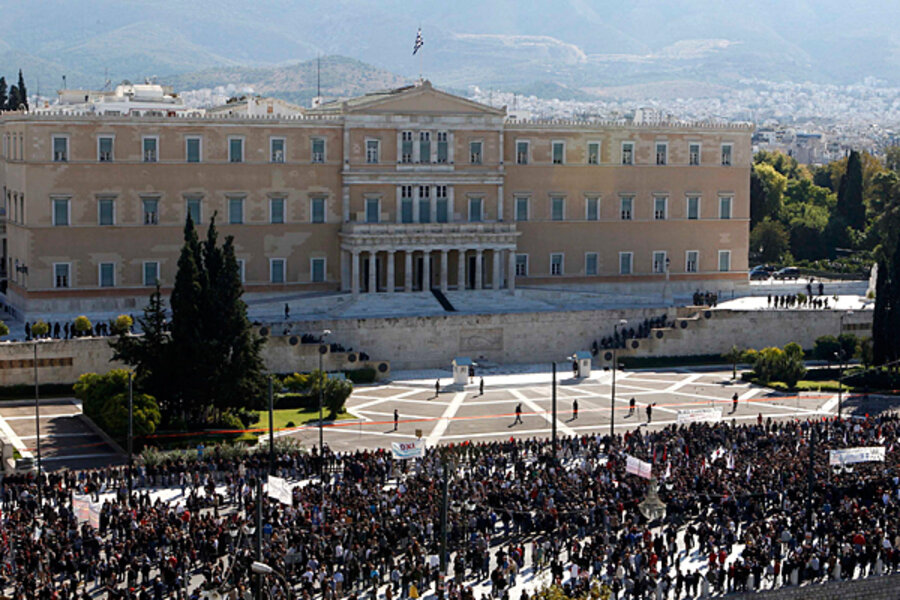October 2009: Prime Minister George Papandreou comes into office, and soon after, substantially revises the country’s budget deficit projections, hinting that the government has been understating its deficit for several years.
December 2009: Concerns about Greece’s dangerously high debt prompt the Fitch credit rating agency to downgrade the country’s credit rating to BBB+, the lowest level in the eurozone, with expectations it could fall further. Moody and Standard & Poor’s warned that they, too, might downgrade its rating, according to a report from the Financial Times. A week later, Prime Minister George Papandreou begins efforts to rein in the country’s budget deficit, focusing on eliminating corruption and cutting public spending.
January 2010: Greece releases a three-year plan to cut its budget deficit from 12.7 percent of GDP to 2.8 percent. It fails to reassure investors, who see the plan as too optimistic.
February 2010: Moody’s and Standard & Poor’s say that Greece risks having its credit rating downgraded two notches.





